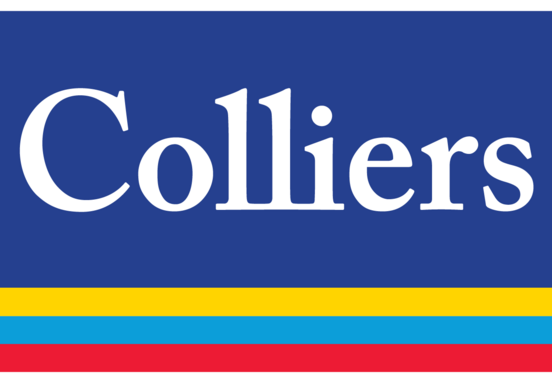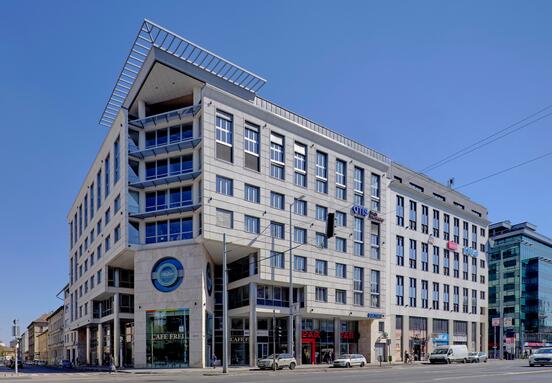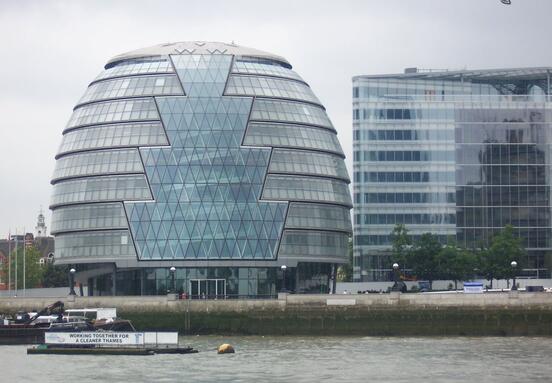Since no internationally accepted and widely used recommendation or guide currently exists for leasable area calculation, it is hardly surprising that Hungarian practice in this regard is far from being consistent. Landlords of commercial office buildings often devise their own calculation methods and tenants are usually only aware of the end result of the calculation, i.e. the leasable area, but not of the formula used.
In addition to the lack of a clear and transparent calculation method, they are put at a further disadvantage by the confusing and often inconsistent terminology.
Just as an example, when somebody in Hungary is talking about gross area, he most probably means the leasable area plus the common area, although he may also be referring to the area enclosed by the external perimeter of the leased premises. Some potential tenants think gross area is the total of the furnishable office space and the sanitary blocks within the leased premises, without the common areas.
Many recent office transactions in Hungary have used the GLA (Gross Leasable Area); according to many, this means the area for which the tenant pays rent. One definition, mainly applied to shopping centres in the US, indeed confirms that this is the area for which the tenant pays rent, but it also states clearly that it is an area used exclusively by the tenant. These two statements are not consistent with Hungarian office leasing practice and indeed they clearly conflict with it, because in Hungary tenants pay rent for a share of common areas as well as for their exclusive area. So what exactly is meant by GLA in Hungary? Does it include common areas? Why is it “gross”? And finally, why do we need an English term instead of the Hungarian equivalent of the self-explanatory “leasable area”?
It is clearly important to choose, introduce and accurately define the relevant technical terms to avoid misunderstandings, and also to ensure that each of them is easily understandable and clear to tenants. Furthermore, the fewer technical terms there are the better, and they should follow logically from each other, being easy to remember even by the layman. It is essential to use uniformly accepted technical terms defined objectively and understood by everybody.
During the office construction boom in Hungary a lease transaction almost fell through specifically because of the drastically different interpretation (or misinterpretation) of the technical terms by the landlord and the tenant. The landlord was going to lease several office buildings to the inexperienced tenant and specified their actual gross area as the leasable area to make the proposed rent per m2 appear more competitive (below the market rate). Although the tenant was aware that the term gross area was being used in the lease contract, it did not understand its real meaning.
The parties signed the lease contract and only when the architects employed by the tenants started working on the partitioning and furnishing plans was it discovered that the hundreds of workstations and the ancillary and circulation areas would not fit into the net area, i.e. the area where actual work could be carried out, as it was 15-20% less than the gross area of the building, which the contract defined as the leasable area, and which included the areas under load-bearing and permanent/fixed walls and those occupied by mechanical shafts and plant and machinery. The tenants’ chief negotiator was dismissed, and the contract had to be amended to give the tenant sufficient additional space to accommodate its staff.
Finally, as evidenced by the above example, the elements of the leasable area calculation must be in language that is clear to the tenant and the calculation itself must be clearly set out in all lease transactions.
A fair leasable area calculation is an important step towards building a relationship of mutual confidence between landlord and tenant.
Dr László Erdélyi
MRICS






